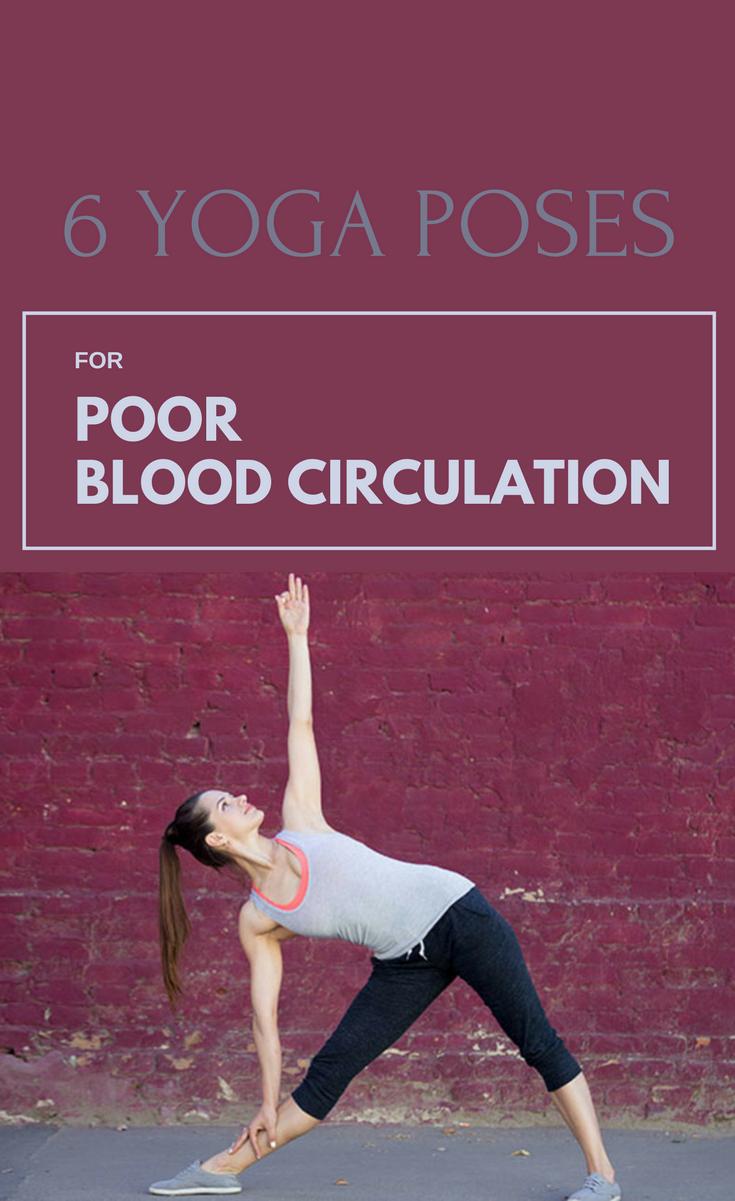
It is common for people to experience knee pain when practicing yoga. Although it may seem counterintuitive, it could be the right therapy for you. Outside Learn is an online education portal that offers in-depth courses on yoga, nutrition, and fitness. Click on the links to find the right class for you. You can find a class that suits your schedule and level of pain.
The butterfly pose is one of the most well-known yoga knee pain exercises. This is a seated pose where the soles and feet of the feet are joined, with the knees extended. This exercise helps to strengthen the hip flexors and groin. You may prefer to perform this exercise with your legs straightened or bent slightly in order not to put more strain on your knees. You can switch sides if you experience discomfort to keep your knees from straining.

For your knees to be safe during a yoga class, the micro-bend in your leg is crucial. This posture avoids hyperextension and ignites the muscles surrounding your knee, which increase strength and flexibility. The best pose for knee pain is the lunge. However, be gentle with yourself and modify as necessary. Yoga is not an instant fix. But it can help to reduce the pain and maintain your joints.
The kneeling pose is the best for knee pain. You can do it on towels, blankets, or blocks. Holding this position, you should pull your calf muscles up and place your hips under your ankles. You can pull your buttock flesh up and raise your knees. Try to hold this position for five to eight breaths. If you're able to, you can hold it for longer.
One of the best ways to stretch the knee is through a knee-healing posture. It puts a lot of pressure on the knees and can cause ligament strain. You should not do this pose if your knees are sensitive or you are experiencing joint pain. If you have a previous injury, consult with your doctor for a proper diagnosis and treatment. It is important to know about yoga for your knee to strengthen your body, and to relieve pain.

Some yoga poses can cause knee pain. You should avoid placing pressure on your knees by avoiding asanas. However, you can modify these poses in order to reduce pressure on your knees. To reduce pressure on the knees and relieve pain, you can use a yoga block. The blocks can help you maintain a good balance during the pose. It can also be helpful to modify certain asanas if you have a knee injury. Contact a doctor immediately to prevent discomfort from happening during yoga.
FAQ
Which dietary supplement can help you lose weight?
Weight loss requires diet and exercise. Some people find that supplements can help them along the journey.
Some studies suggest that omega-3 fatty acids may help with weight loss. Omega-3s are essential fats that are important for brain function and cell membrane integrity. They can be found in seafoods like salmon, tuna or shrimp, as well as cod liver oil.
Green tea is being studied for its potential benefits in weight loss. Green tea is rich in catechins, antioxidants which may boost metabolism and aid weight loss.
What's a good routine for a daily workout?
Regular exercise is essential to staying fit. It doesn't make a difference what kind of activity you choose. As long as you do it often, it will be beneficial. Consistency is key. It is important to stay consistent in order to get results.
Start by doing small amounts of daily physical activity (like walking). Increase the time you spend exercising each day until you can do 30 minutes. You can choose to run, swim, weight train, do yoga or take aerobics classes.
It is important to exercise every day of the week. You should not miss any sessions unless there is a good reason.
Wear appropriate clothing and footwear when exercising outdoors. You should also consider the weather conditions that could affect your ability exercise safely.
While exercising, make sure to drink plenty water. It is best to avoid alcohol while you're exercising. Also, don't drink caffeine-rich beverages like tea, coffee, or cola. They may give you energy, but they will also dehydrate you.
After your first exercise, you may feel tired. Keep going with your workouts and you'll soon feel more energized.
How often should I exercise each week?
It depends on how much time you have available and what type of exercise you prefer. The general rule of thumb is to exercise aerobically 3 - 5 days per week. It's important that you don't overdo it. You will get the maximum benefits from your workouts if you do not exercise consistently.
Which exercises are most effective for me?
It really depends on the type of fitness goal you have. Some people focus on endurance activities like running, cycling, and swimming. Others like lifting weights or using resistance band. There are many types of exercise programs today. You can choose the one that best suits you.
What food should I avoid if I want to lose weight
Avoid foods that contain trans fats. Trans fats can raise LDL (the unhealthy) cholesterol levels while lowering HDL levels (the good).
Trans fats are found in deep-fried foods, fast food, packaged baked goods, snack cakes, and other processed foods.
These unhealthy fats also cause inflammation, leading to heart disease and diabetes.
Artificial sweeteners are also to be avoided. Artificial sweeteners increase the risk of getting cancer.
They are found in everything, from soft drinks to chewing tobacco to candy bars. They appear in many other foods, including meat, poultry, fish, and eggs.
Artificial sweeteners can be saccharin or cyclamate, sucralose, sorbitol or aspartame.
These chemicals can damage DNA and cause cell death, according to the American Heart Association.
Statistics
- According to the American Academy of Dermatology (AAD), men over 50 are at a heightened risk of developing it. (healthline.com)
- Candidates and applicants must pass all four tests at 70% (minimum level) to graduate from Basic Deputy U.S. Marshal (BDUSM) Training. (usmarshals.gov)
- An estimated calorie range for moderately active adult males falls between 2,200 to 2,800 calories per day, depending on age. (eatright.org)
- By John Thompson Take a whopping 38% off a set of PowerBlock Pros. (menshealth.com)
- Are You One of the 20% of Guys (mh.co.za)
External Links
How To
What is the healthiest food for men?
Men should consume five servings of fruits or vegetables per day. Men should also limit their consumption of red meat and avoid fast food.
Vegetables and fruits are rich in antioxidants, which can protect against cancer and cardiovascular disease.
Vegetables include broccoli, cauliflower, carrots, spinach, tomatoes, peppers, cucumbers, lettuce, mushrooms, etc.
Also, beans and peas are rich in protein and fiber.
Omega-3 fatty acids are abundant in nuts and seeds. Essential for hormone production and brain function, omega-3 fatty acids are vital.
Fish is another good source of omega-3s. The mercury in fish is higher than that of most meats. However, fish liver oil does contain fewer toxins.
Normal growth and development are possible with the help of Omega-6s in vegetable oils like soybean, safflowers, sunflowerseed, cottonseed, and corn oils.
Poultry provides a lot of lean meat. The best meat to eat is chicken breast.
Lean beef is low on saturated fats, cholesterol, and other harmful substances. However, you should avoid eating too much red meat because too much iron may increase your risk of prostate cancer.
Avoid processed meats like sausage and hot dogs. These foods contain added nitrates, which can lead to cancer.
It's obvious that exercise is vital for your overall health. However, what if your exercise routine is already regular? Is there any other way to improve or maintain your physical health?
The answer is yes There are many things you can do to get the best out of your workouts. Here are some tips on how to maximize your workout:
Start slowly. Injure yourself if your first session is too intense. Start at a pace where you feel comfortable and gradually build up your intensity over time.
Stretch before and after. Stretching can help to loosen tight muscles, decrease soreness, improve flexibility, and reduce pain. Stretching can take place standing, sitting, or lying down.
Cool down. This is particularly important when doing cardio exercises. So that your body doesn't become exhausted, it needs to be able to recover between sessions. You can cool off by taking slow, deep breaths and walking.
Hydrate. Hydration is key to reducing muscle cramps and keeping you hydrated. Water is the ideal beverage, but sports drinks may also be helpful.
Be healthy. Be sure to eat enough calories each day. You will be more focused and energized if you eat regular meals throughout your day.
Get enough rest. Get enough rest to feel refreshed and ready to tackle your next training session. You must also get adequate sleep to heal damaged tissues.